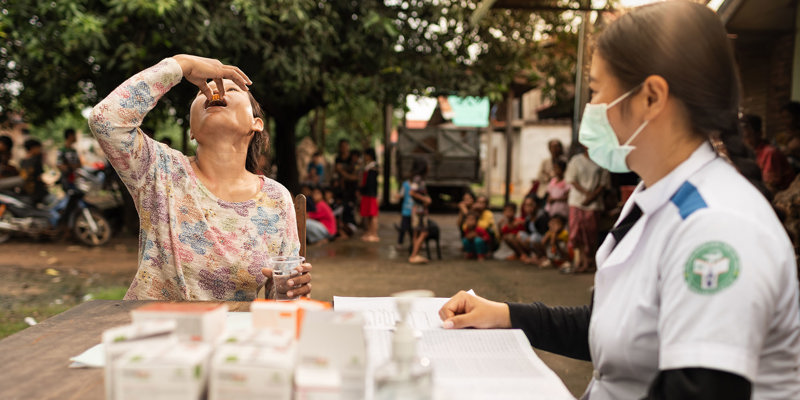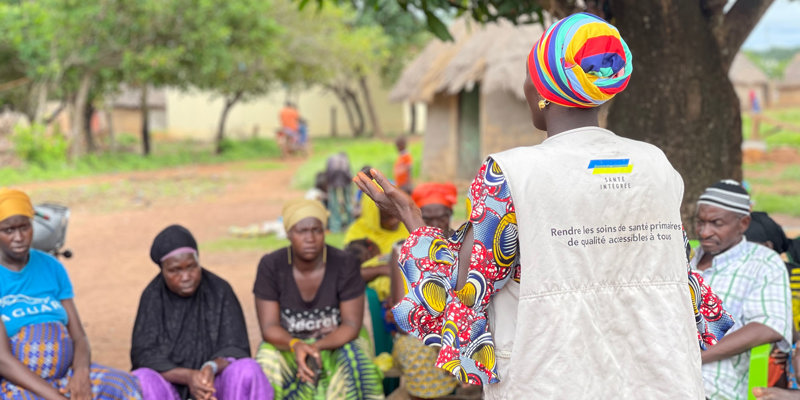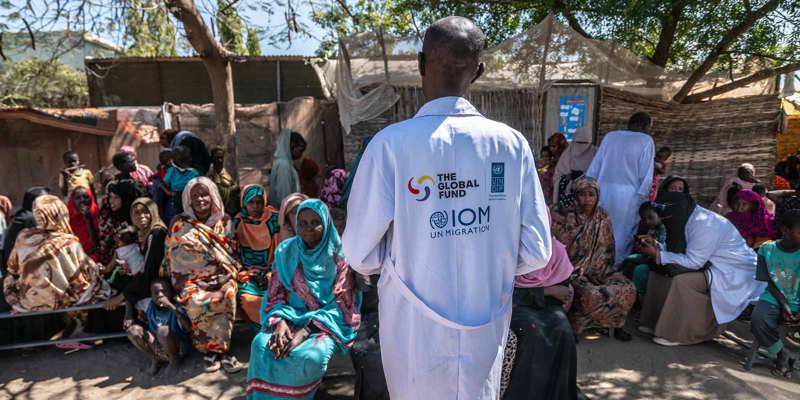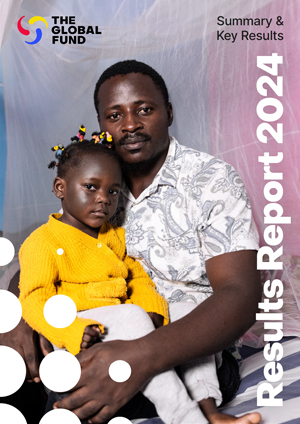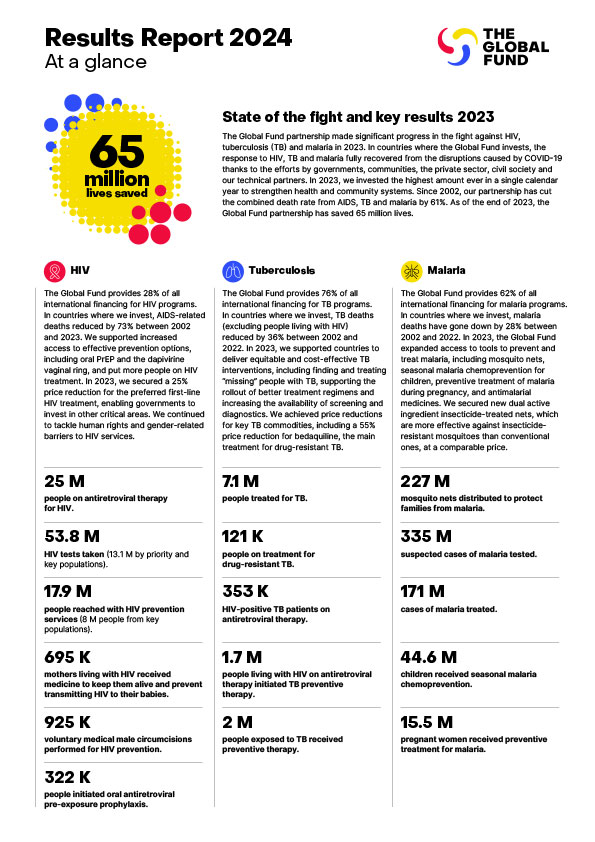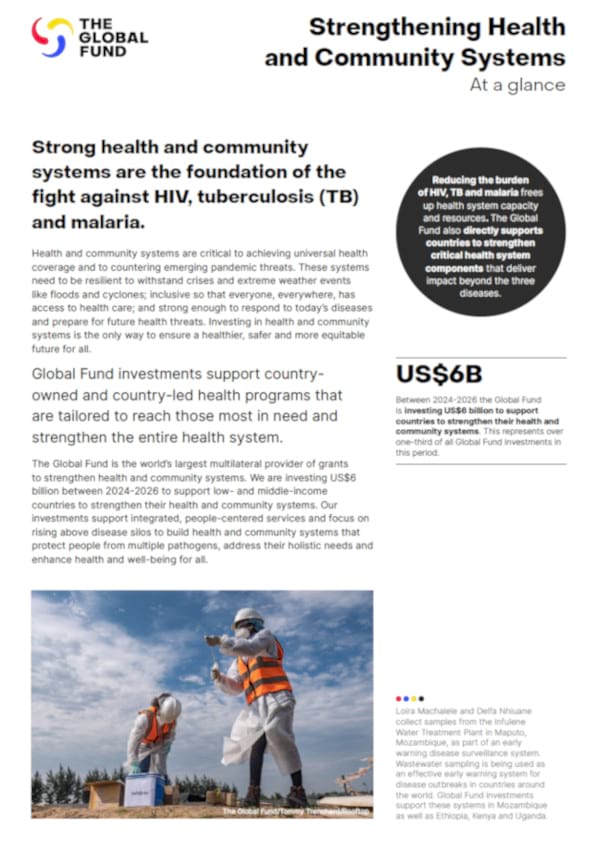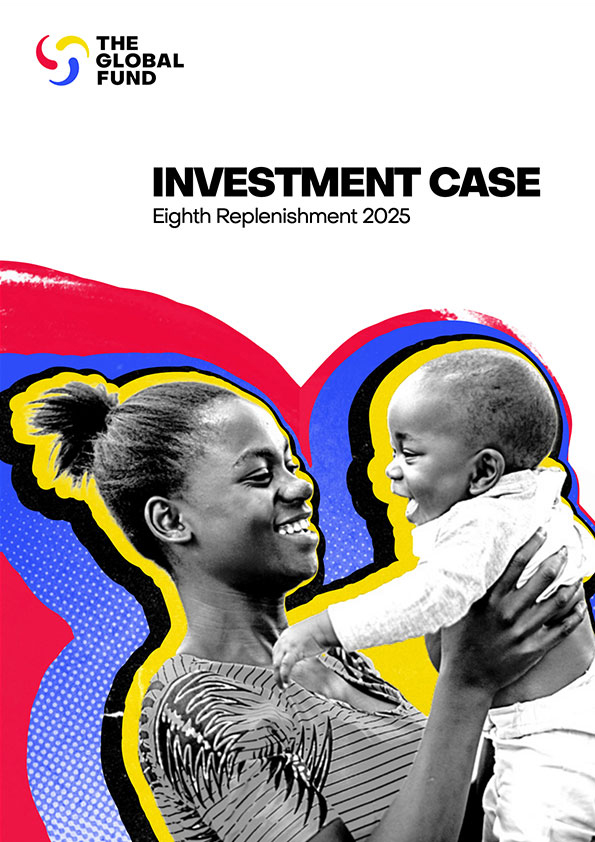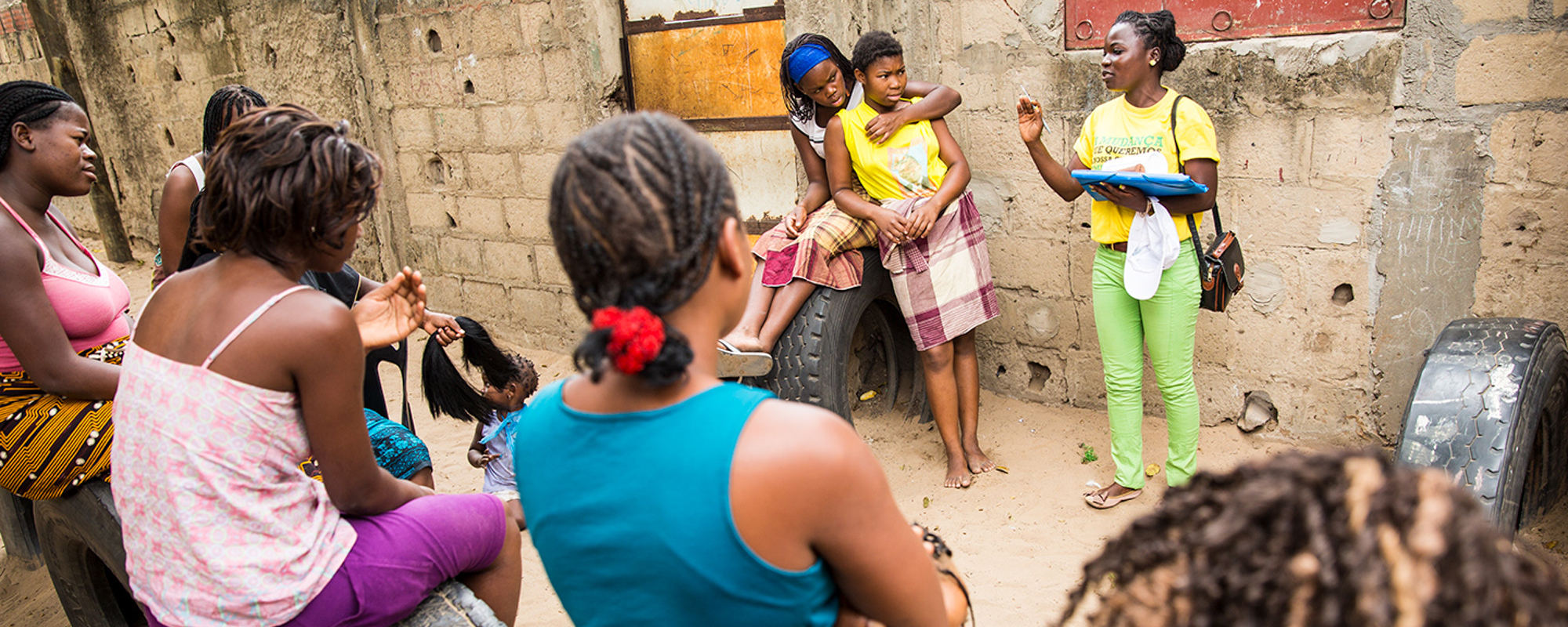

On World AIDS Day: Step Up the Fight Against HIV
This World AIDS Day, there is a new sense of urgency and energy across the partnership that comprises the Global Fund to Fight AIDS, Tuberculosis and Malaria. Urgency given the need to step up the fight — our current trajectory will not get us to the target of ending these epidemics by 2030. And energy due to the success of our replenishment conference in Lyon in October; led by French President Emmanuel Macron, donors stepped up to pledge a record $14 billion. This is not just the largest ever fund raising for the Global Fund, but the largest ever international fund raising for global health. Despite all the cynicism about multilateralism, despite all the calls to look-after-our-own, the success of the Global Fund’s Sixth Replenishment is a powerful demonstration that the global community can come together to solve common problems, address the needs of the poorest and most vulnerable, and make the world a better place.
Now we must maximize the impact of these extra resources. We owe it to our donors and the taxpayers behind them. Even more, we owe it to those affected by and vulnerable to HIV, TB and malaria to grab this opportunity to achieve a decisive shift in the trajectory of the epidemics.
In the fight against HIV, we are at a crucial stage. With the massive scale-up of anti-retroviral treatment, we are saving millions of lives, but the total number of new HIV infections is still unacceptably high: 1.7 million people became infected with HIV in 2018. In addition, despite the success of getting people onto life-saving medication, many people are diagnosed with advanced disease. There have been many successes, but the world will not meet the UNAIDS targets of fewer than 500,000 people infected per year by 2020 and fewer than 500,000 deaths.
As well as saving lives, providing those infected with HIV with anti-retroviral treatment is an essential part of the strategy to reduce new HIV infections. Effective treatment that achieves viral suppression results in “U equals U” — undetectable equals untransmittable. But to cut new infections more swiftly we must tackle the stubbornly high rate of new HIV infections among adolescent girls and young women, and the extremely high prevalence of HIV among key populations. These two are driven by persistent gender and human rights-related barriers.
When women’s rights are violated and when key populations such as sex workers and men who have sex with men live in a climate of fear, they are unable to access HIV treatment and care services they need. These people are also unable to adhere to treatment.
We will only beat HIV if we acknowledge and take action on the all too pervasive gender-based violence, educational disadvantages, and economic disempowerment that face so many girls and young women. Girls and young women age 15-24 in sub-Saharan Africa are twice as likely to be HIV-positive compared to young men of the same age, and in the hardest-hit countries adolescent girls account for more than 80% of new HIV infections in their age group. This is a result of the stark structural gender inequalities that make girls and young women so vulnerable to infection, inhibiting young women from seeking health services and from making informed decisions about their sexual and reproductive health and lives, affecting their ability to protect their health and prevent HIV.
Likewise, we will only end HIV if we dismantle the human rights barriers faced by key populations — including gay, bisexual, and other men who have sex with men, people who inject drugs, sex workers and transgender people. Those barriers, often related to criminalization and high levels of stigma, simultaneously increase their vulnerability to infection and impair their access to health services. People from such key populations and their partners now account for over half of all new infections. Recently, countries such as Russia and the Philippines are seeing the incidence of new infections increasing at an alarming rate driven by policy and service access barriers and the persistent stigma and discrimination this generates. Additionally, we must address the challenge of late access to services for many heterosexual men.
We will also only beat HIV if we continue to innovate and accelerate the pace with which successful innovations are scaled up to benefit all those who need them. Bio-medical innovations such as self-testing kits or Prep/contraceptive combinations are potentially powerful tools to help reduce new infections. Better treatment regimens, longer-lasting, and with fewer side effects, can help improve treatment efficacy.
Just as important are innovations in delivery models and service platforms such as pop-up testing stations at long distance truck stops, differentiated treatment models tailored to the needs of the different key populations, community led services, or social marketing strategies to increase usage of familiar, but still highly effective tools like condoms.
To tackle gender inequities and dismantle human rights-related barriers, and to maximize the impact of innovation, we need those directly affected by HIV deeply involved in the design and delivery of products and programs. That means investing in affected communities to enable them to organize and make their voices heard, to ensure that services are designed for their needs, implemented at their convenience and monitored with community lead monitoring.
For example, through HER Voice, the Global Fund provides dozens of community groups of girls and young women with small grants to enable them to become active participants in policy discussions and program management.
We also need to step up investment in capturing and interpreting data. Too often, the data we use is out-of-date, insufficiently granular, or based on unreliable or biased estimates; the number of people who inject drugs sometimes reflect policymakers’ wishes about what they would like to be true, rather than the reality. Without accurate, fresh and detailed data, we are flying blind. Overloaded and weak health systems often rely on either paper or fragmented or disjointed health management information systems.
Our investments in data systems need to be accelerated and viewed as part of data systems for health in the era of universal health coverage. Those methods of capturing data, particularly where it relates to key and vulnerable communities, should be built within communities themselves.
Investing in communities and in data systems are two examples of where the fight against HIV necessarily involves strengthening overall systems for health. Another is supply chain: having the capacities and infrastructure to ensure consistent supply of the required medicines — avoiding out-of-stocks or overstocks — is a vital part of any antiretroviral program, but also essential for the primary health care system as a whole.
Following our successful Replenishment, the Global Fund will step up investment across all these areas, focusing on the countries and communities with the greatest disease burden and least resources.
However, external assistance from the Global Fund or others like PEPFAR will not be enough. Governments in the affected countries must continue to increase their investments in fighting HIV and in health more generally. Governments must also remove user fees and legal barriers, and take the lead on addressing the stigma and inequities that drive the epidemic.
We are at a crunch point in the fight against HIV. Back in 2015, the world made a commitment to end the epidemic by 2030. We can deliver on this promise, but only if we act now and together step up the fight.
A version of this article appeared on Devex.

